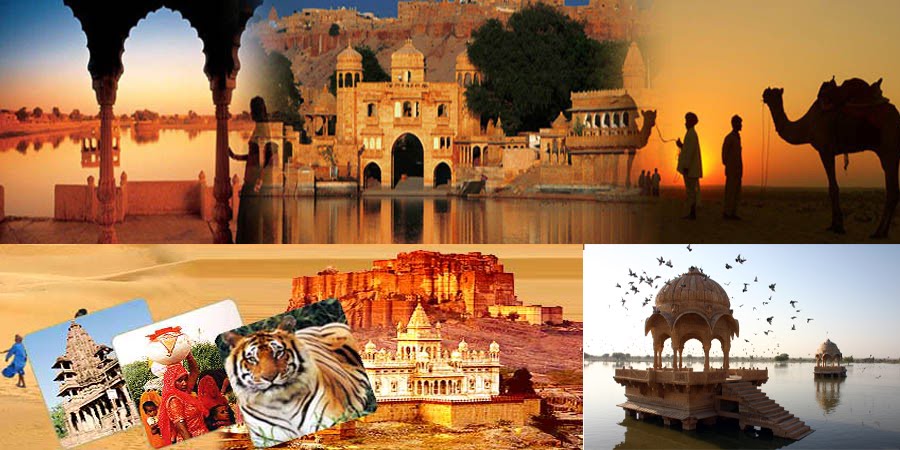Neemrana-fort-alwar
Neemrana Fort, Alwar: A Historical Overview
Neemrana Fort, located in the Alwar district of Rajasthan, India, is a magnificent heritage site that beautifully encapsulates the grandeur and historical richness of the region. Built in the 15th century, this fort-palace has transitioned from a royal residence to a luxurious heritage hotel, attracting tourists from around the world. Neemrana Fort's history is intertwined with the legacy of Rajputana royalty, architectural splendor, and its rebirth as a premier destination for heritage tourism.
Early History and Construction
Neemrana Fort was constructed in 1464 by Raja Dup Raj, a descendant of Prithviraj Chauhan III, the last Hindu emperor of Delhi. The fort was strategically built atop a hillock to serve as a defensive stronghold and a royal residence for the rulers of the Chauhan dynasty. Its location provided a vantage point to monitor and protect the surrounding regions from potential invasions.
The fort derives its name from Nimola Meo, a local chieftain, who, according to legend, was spared by the Chauhan rulers and allowed to live in the region. In gratitude, the fort was named Neemrana.
Architectural Grandeur
Neemrana Fort is an architectural marvel that showcases the opulence and ingenuity of Rajput architecture. The fort-palace is spread over 10 hectares, with 12 layers tiered into the hillside, offering breathtaking views of the surrounding landscape.
Palatial Structures: The fort comprises several palatial structures built over different periods, each reflecting the architectural styles of the time. The main palace features arched windows, imposing doorways, and ornate carvings that exemplify the artistry of Rajput craftsmen.
Courtyards and Terraces: The fort is designed with numerous courtyards and terraces, interconnected by narrow passages and steep staircases. These open spaces were used for various ceremonial and social functions and provided natural ventilation and light.
Rooms and Suites: Neemrana Fort boasts a variety of rooms and suites, each uniquely decorated with traditional Rajasthani furnishings and artifacts. The rooms are adorned with antique furniture, silk drapes, and intricate frescoes, transporting guests to a bygone era.
Gardens and Pools: The fort complex includes beautifully landscaped gardens and pools, adding to its charm and providing serene spots for relaxation. The hanging gardens, in particular, offer stunning views and a peaceful retreat from the fort's bustling activity.
Historical Significance
Neemrana Fort holds significant historical value as it served as a royal abode for several generations of the Chauhan dynasty. The fort witnessed numerous historical events, including battles, royal ceremonies, and strategic alliances. The Chauhans ruled Neemrana until the mid-18th century when the fort fell to the advancing Marathas and later to the British.
During British colonial rule, the fort's strategic importance diminished, and it gradually fell into disrepair. By the mid-20th century, Neemrana Fort was largely abandoned and left to the ravages of time.
Restoration and Rebirth
The story of Neemrana Fort's revival is as captivating as its historical past. In 1986, Aman Nath and Francis Wacziarg, two heritage enthusiasts, acquired the dilapidated fort with a vision to restore it to its former glory. Their meticulous efforts spanned over a decade, transforming the crumbling structure into a luxurious heritage hotel while preserving its historical essence.
The restoration process involved extensive research and collaboration with skilled artisans to ensure that the fort's architectural integrity was maintained. Traditional building techniques and materials were employed, and the original designs were meticulously replicated.
Neemrana Fort Today
Today, Neemrana Fort stands as a testament to the successful preservation of India's architectural heritage. It has been converted into a heritage hotel, offering visitors a unique blend of historical charm and modern luxury. The fort features 76 elegantly designed rooms and suites, each reflecting the rich cultural heritage of Rajasthan.
Guests at Neemrana Fort can indulge in a range of activities, including heritage walks, cultural performances, and spa treatments. The fort also boasts multiple dining options, serving traditional Rajasthani cuisine alongside international dishes, all set in a regal ambiance.
Cultural Significance
Neemrana Fort has become a symbol of heritage tourism in India. It hosts various cultural events, including music concerts, dance performances, and art exhibitions, promoting the rich cultural traditions of Rajasthan. The fort's transformation from a forgotten relic to a thriving heritage destination serves as an inspiration for conservation efforts across the country.





0 comments:
Post a Comment